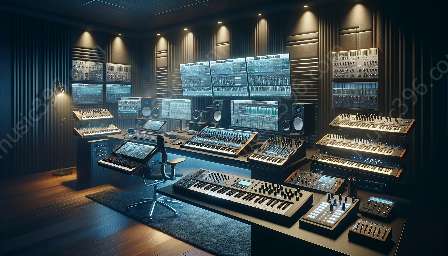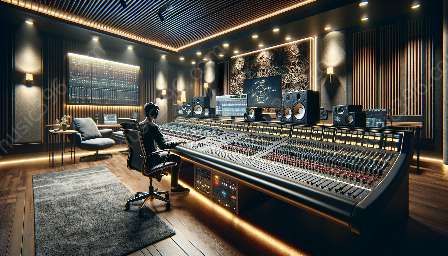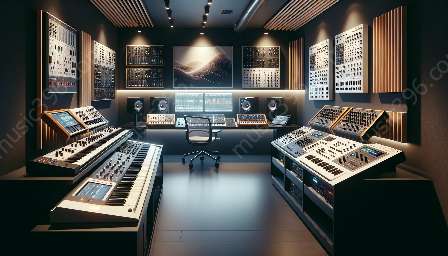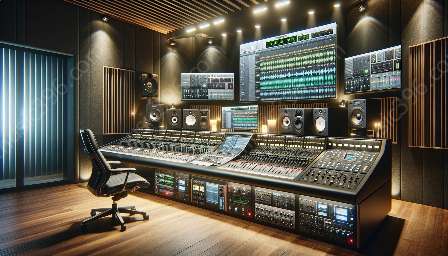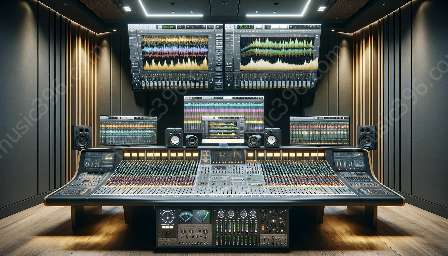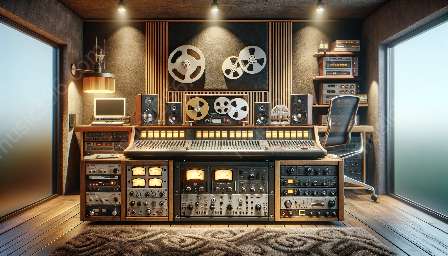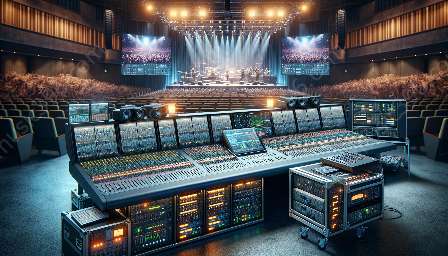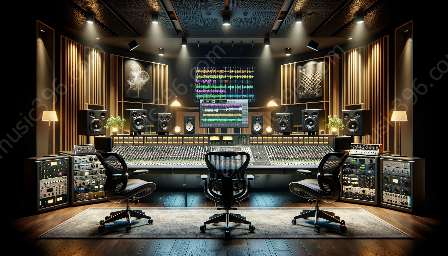When it comes to audio post-production for film soundtracks, there are several crucial aspects to consider in order to create a memorable and impactful experience for the audience. From sound design and mixing to Foley and dialogue editing, every element plays a significant role in shaping the final sound of a film. Let's delve into the key factors that contribute to the success of audio post-production for film soundtracks.
Understanding the Role of Audio Post-Production
Audio post-production is an essential stage in the filmmaking process, where the raw audio recordings are polished, refined, and enhanced to achieve the desired sonic quality. It involves various processes such as editing, sound design, mixing, and mastering, all of which are crucial for crafting an immersive and engaging sound experience for the audience.
Importance of Sound Design
Sound design is a critical aspect of audio post-production that involves creating and manipulating sound effects to complement the visuals and evoke emotions in the audience. A skilled sound designer uses a combination of recorded sounds, Foley, and synthesized elements to bring the on-screen action to life and immerse the audience in the film's world.
Effective Dialogue Editing
Dialogue editing plays a crucial role in ensuring clear and intelligible speech in a film. This involves removing unwanted noises, adjusting the volume levels, and seamlessly blending the dialogue with the rest of the audio elements. Effective dialogue editing is vital for maintaining continuity and coherence in the storytelling process.
Mastering the Art of Foley
Foley is the art of adding realistic and expressive sounds to match the actions and movements on screen. Whether it's footsteps, rustling clothes, or the clinking of glasses, Foley artists meticulously create and synchronize these sounds to enhance the overall soundtrack. Mastering the art of Foley is essential for achieving a high level of authenticity and detail in the audio post-production process.
Expert Mixing Techniques
Skilled mixing techniques are essential for balancing and blending all the elements of a film soundtrack, including dialogue, music, sound effects, and ambient noise. A skilled audio post-production engineer utilizes various tools and techniques to create a dynamic and cohesive mix that enhances the storytelling and emotional impact of the film.
Integrating Music into the Soundtrack
The musical score is a fundamental component of a film's soundtrack, adding depth, emotion, and atmosphere to the storytelling. Effective integration of music involves careful selection, editing, and mixing to ensure that it enhances the narrative and complements the visuals seamlessly.
Utilizing Advanced Technologies
The use of advanced technologies and tools is imperative in modern audio post-production for films. From surround sound formats to immersive audio technologies, staying abreast of the latest advancements allows audio professionals to create captivating and cutting-edge soundscapes for film soundtracks.
Finalizing with Mastering
Mastering is the final stage of audio post-production, where the overall sound quality and balance of the soundtrack are fine-tuned and optimized for various distribution formats. This process ensures that the film's audio maintains its integrity and impact across different playback systems and platforms.
Conclusion
Creating a memorable audio post-production for film soundtracks requires a deep understanding of the technical, artistic, and emotional aspects of audio production. By paying attention to sound design, dialogue editing, Foley, mixing, music integration, and mastering, audio professionals can elevate the cinematic experience and leave a lasting impression on the audience.





